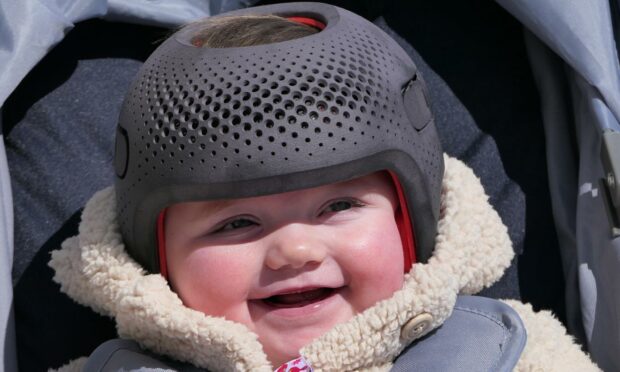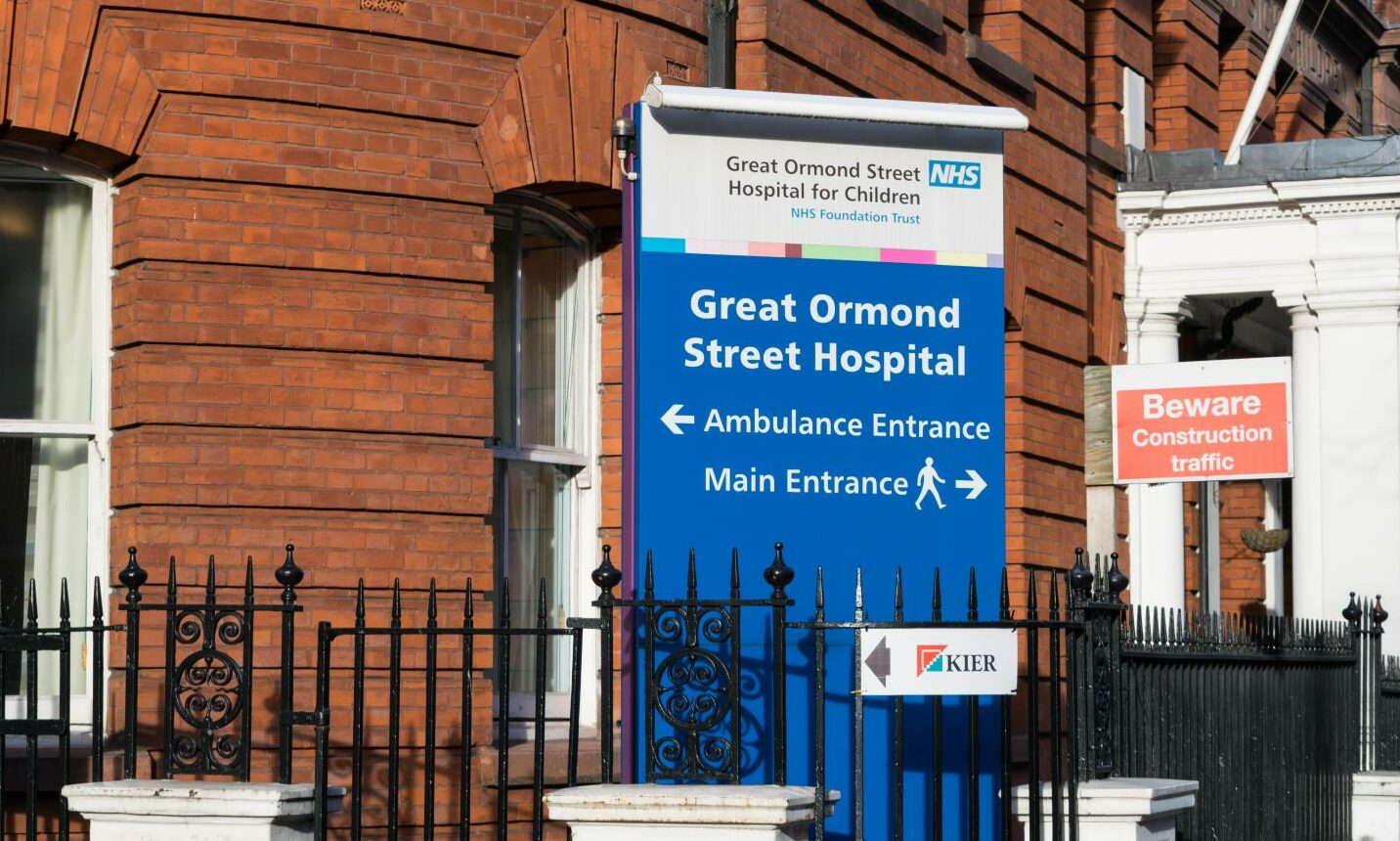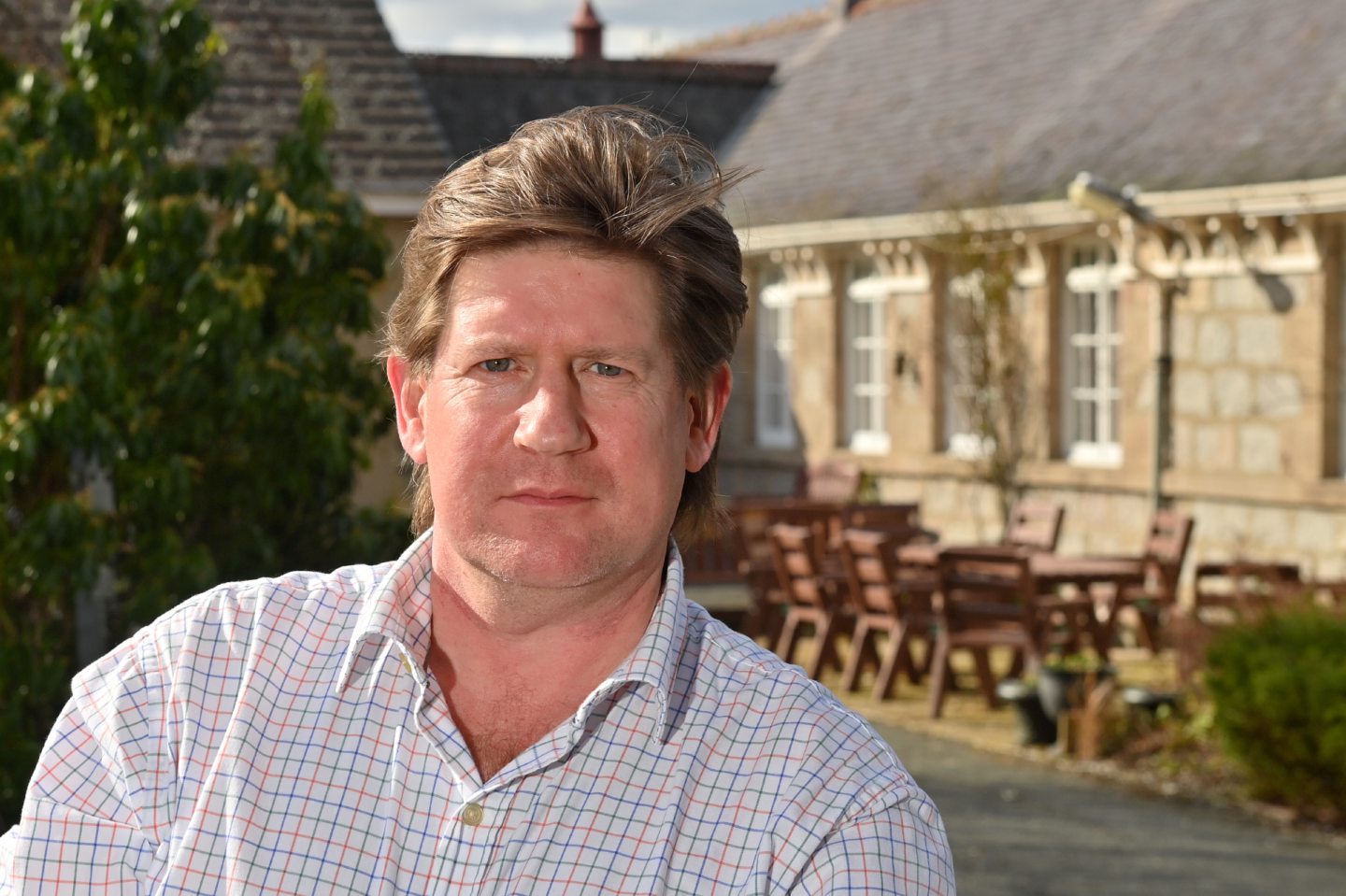Scottish babies eligible for specialist surgery on a rare skull condition are waiting too long for referrals to NHS England, it has been claimed.
Around one in 2,000 newborns have some form of craniosynostosis, where the bones in the skull fuse too early, with a risk of causing brain damage.
It typically requires invasive surgery to correct, where parts of the child’s skull are removed and then replaced “like a jigsaw puzzle”.
Glasgow children’s hospital is the only place in Scotland equipped to perform the procedure, but two hospitals in England have trained staff in a keyhole surgery equivalent.
Studies in the US have shown this can lead to faster recovery times and less blood loss.
But, due to the short window of time available in which to carry it out, concerns have been raised that referrals down south are taking too long.
‘Not much time’ to complete process
One north-east mum, whose son received a referral to Great Ormond Street Hospital for craniosynostosis surgery and is now recovering well, said: “Everyone was so helpful, don’t get me wrong – but it just took time.
“Because he was so young, the less invasive option can only be done before they’re four to six months.
“So there’s not much time to be pursuing paediatricians, CT scans and neurosurgery – and then we were referred to Glasgow.
“There’s lots of process, so the normal route doesn’t allow for much speed.”
She added: “It seems quite a problem everywhere, that the processes are heavy and not that streamlined to get him there quickly enough for it to be an option.
“It was just the option we wanted – it isn’t a better operation or outcome – it’s just about having the choice.”
Window of opportunity ‘very small’
The matter has been taken to the Scottish Government by Aberdeenshire West MSP Alexander Burnett.
He said: “The window of opportunity for an endoscopic procedure to be effective is very small.
“There needs to be a more efficient, expedited referral process to allow babies to be assessed and operated on by four-to-six months through Great Ormond Street Hospital (Gosh).”
A Scottish Government spokesman said there are no plans to offer endoscopic craniosynostosis surgery north of the border, but there is an “agreed referral pathway” to Gosh in place.
“Each referral is carefully considered on a case-by-case basis,” he added.
“Clinicians will be aware of time sensitivities when deciding on the most appropriate treatment plan.”


